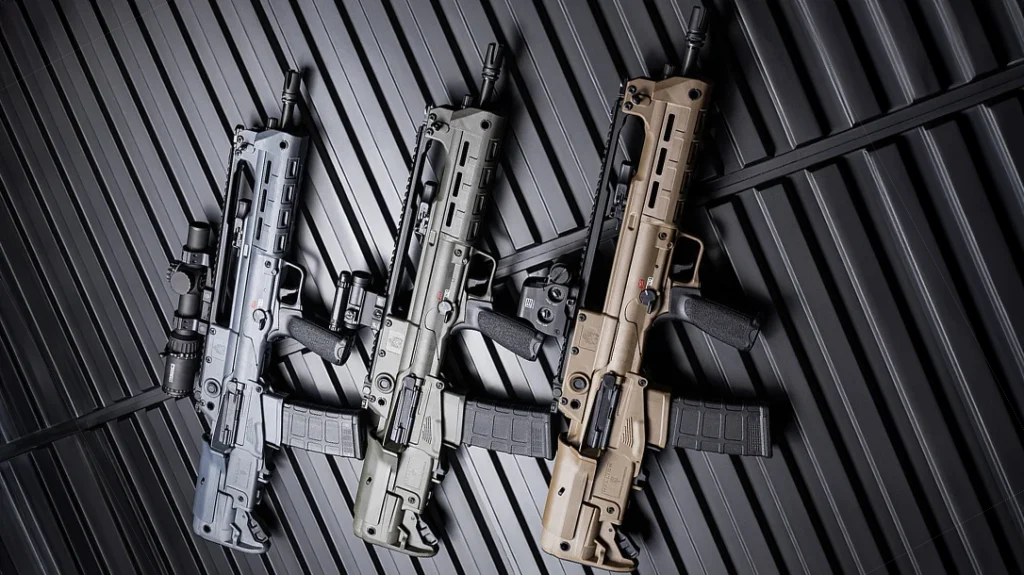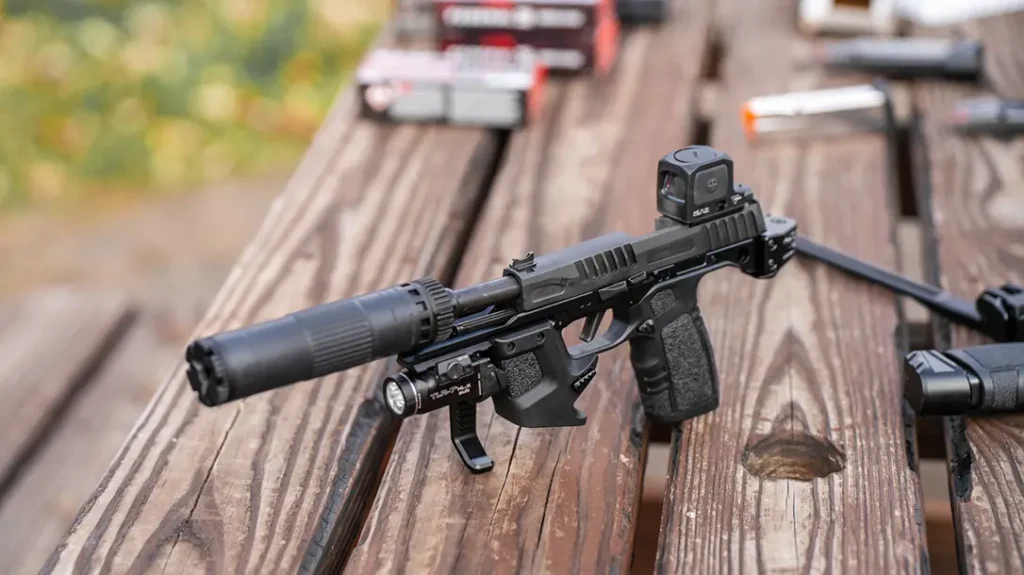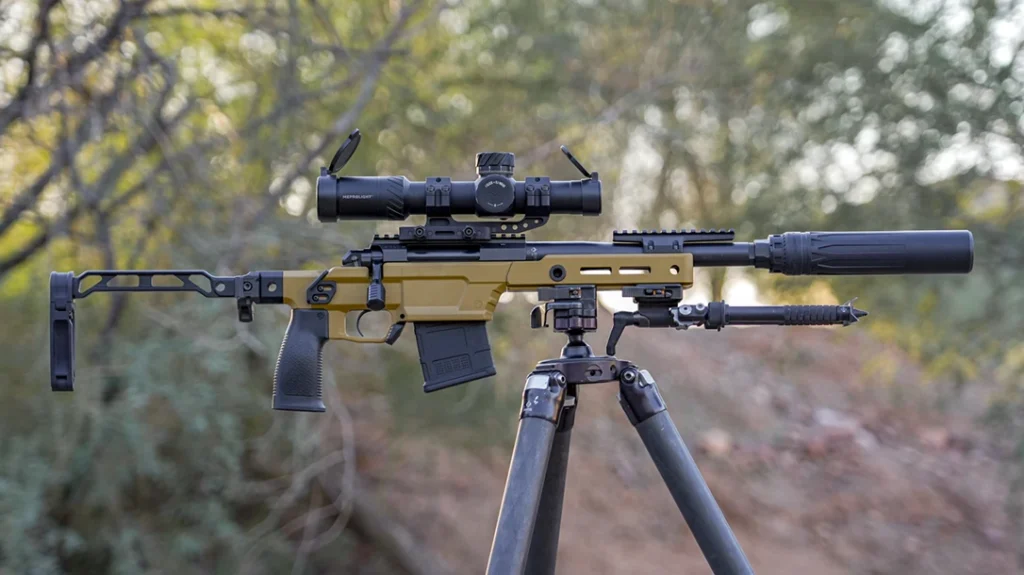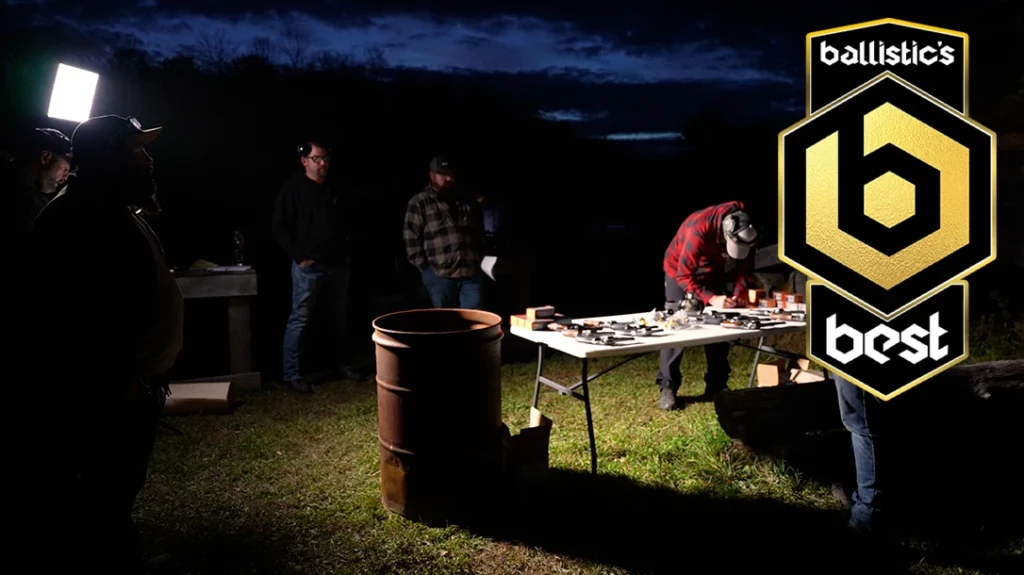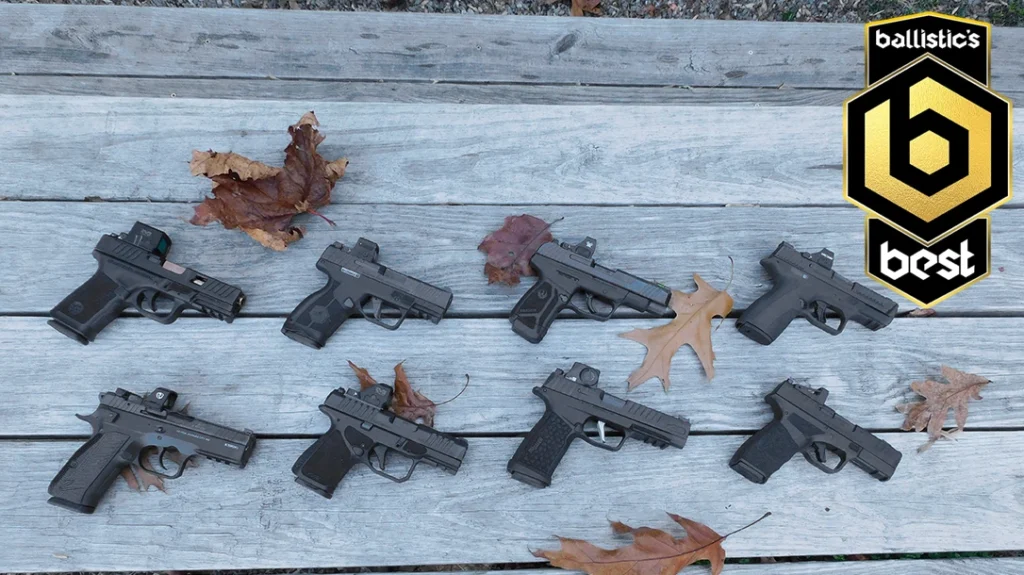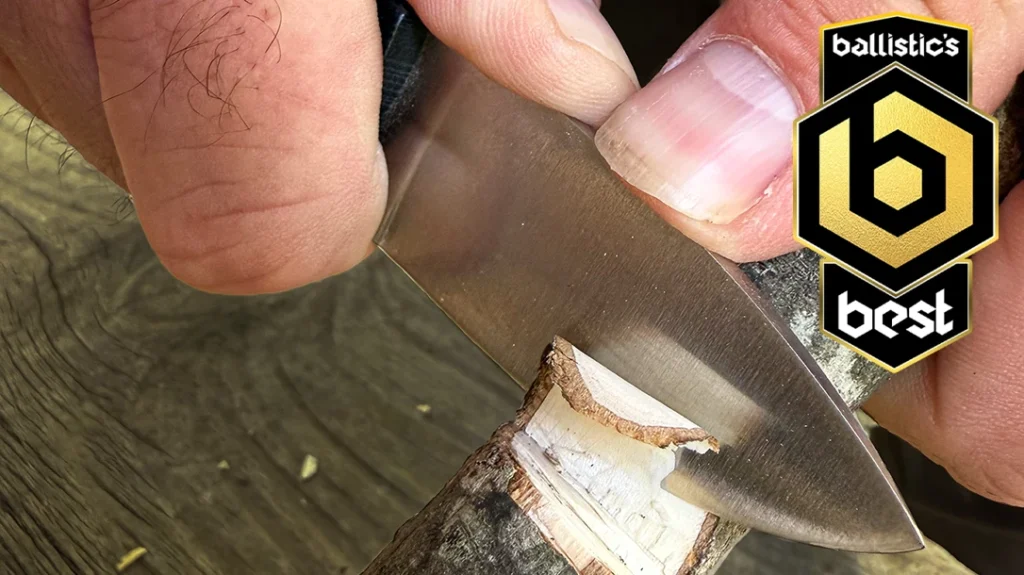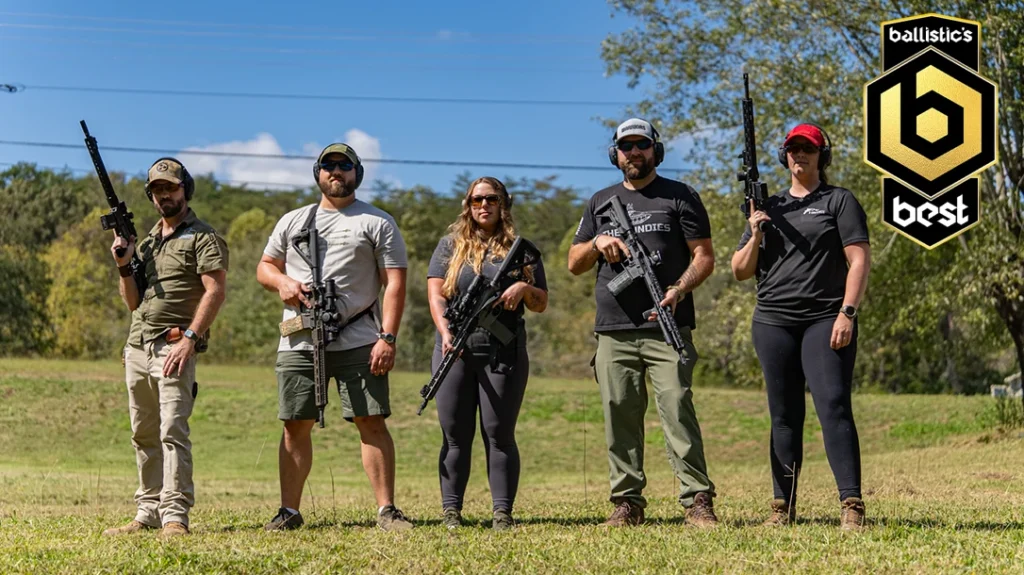The trajectory the AR-15 rifle has followed would have been legitimately unimaginable back in the 1950’s when that remarkable gun first drew breath. Operating out of a veritable hovel in California back when you could still build guns in California, Gene Stoner and a few others crafted what would eventually become the most adaptable and customizable firearm in human history. While the design of that first AR rifle was indeed revolutionary, what really set it apart was its materials science.
Stoner and Company crafted a cutting edge combat weapon using engineering techniques and materials pioneered in the aerospace industry during the recent World War. Where guns of eras past were all forged steel and stained walnut, this Space Age marvel was crafted from aircraft aluminum and phenolic polymers. Those very first AR-10 precursors actually utilized a steel barrel sleeve nestled within an aluminum tube. One of these guns exploded during the testing that eventually brought us the M14, and the military cooled on that idea right sharpish.
DIY: Stealth Black Rifle Build With the TNARMS-15 Clear
Now fast forward more than half a century. Telephones have gone from the size of a shoebox and tethered to the wall to something we all pack in our pockets. Mankind has since walked on the moon and flown a helicopter on Mars. In short, quite a lot has changed.
Advertisement — Continue Reading Below
The use of aluminum in that first receiver set was certainly prescient. However, Tennessee Arms Company now brings us something markedly more radical. The end result is honestly a bit bizarre.
The state of the art in materials science has indeed evolved considerably since those heady days in the 1950’s. Where aircraft-grade aluminum once seemed the face of things to come, nowadays the future is clearly to be found in polymers. To best appreciate the state of polymer science today, we first need to unlearn a few things that are pretty deeply ingrained. A big piece of that comes from McDonald’s.
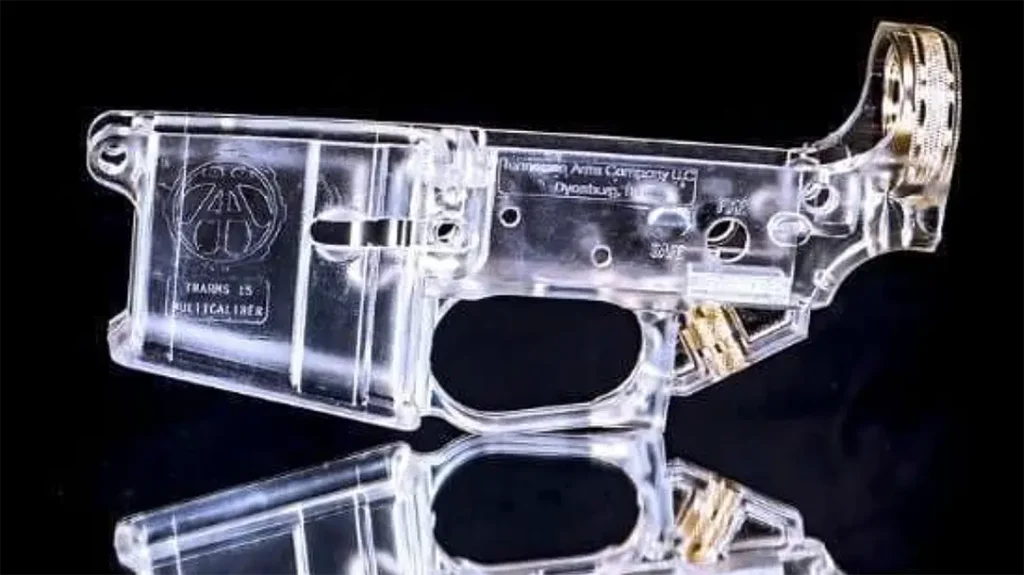
Advertisement — Continue Reading Below
Not All Polymers are Created Equal …
Plastic is actually technically an adjective, not a noun. In engineering parlance, a plastic deformation is one wherein a material is typically heated and formed into a shape and expected to stay there. Think injection molding as an example.
The antonym of plastic is elastic. An elastic deformation is one wherein the material springs back to its original shape. A rubber band is the archetype. Plastic molding eventually became known simply as plastic and the name stuck.
What poisoned our collective souls towards polymers as hard-use gun materials was most likely Happy Meal toys. Those blasted things are designed to self-destruct before you get out of the McDonald’s parking lot. That way, precious Junior will be primed to scream for another the next time your drag him out for a little gratuitous grease chased with a cupful of liquid diabetes. However, the sort of polymer used to make Happy Meal toys bears little similarity to that which comprises Glock frames. The two substances look similar, but they yet remain quite different.
Advertisement — Continue Reading Below
Tennessee Arms Company’s Colorful Rifle Receivers
Tennessee Arms Company offers a wide variety of weird AR receivers. They make receivers out of carbon fiber as well as a curious synthetic polymer called Nylon 6. More on that later. Their receivers come in AR-10 and AR-15 versions in FDE, green, black, orange, blue, grey, pink, and clear. The transparent version is known as the TNARMS-15 Clear.
Their receivers are also just stupid cheap. The top-end carbon fiber sort sells for $159. Blue or translucent orange versions are just $40. The transparent sort will set you back $65.99. When I bought mine they had a special wherein you could land a second copy for $54.40. Shipping is free.
Folks have been making polymer AR receivers for years now. Some of them really do more favor Happy Meal toys than gun parts. These from Tennessee Arms seem pretty substantial. That’s because of the high-tech stuff from which they’re formed.
Advertisement — Continue Reading Below
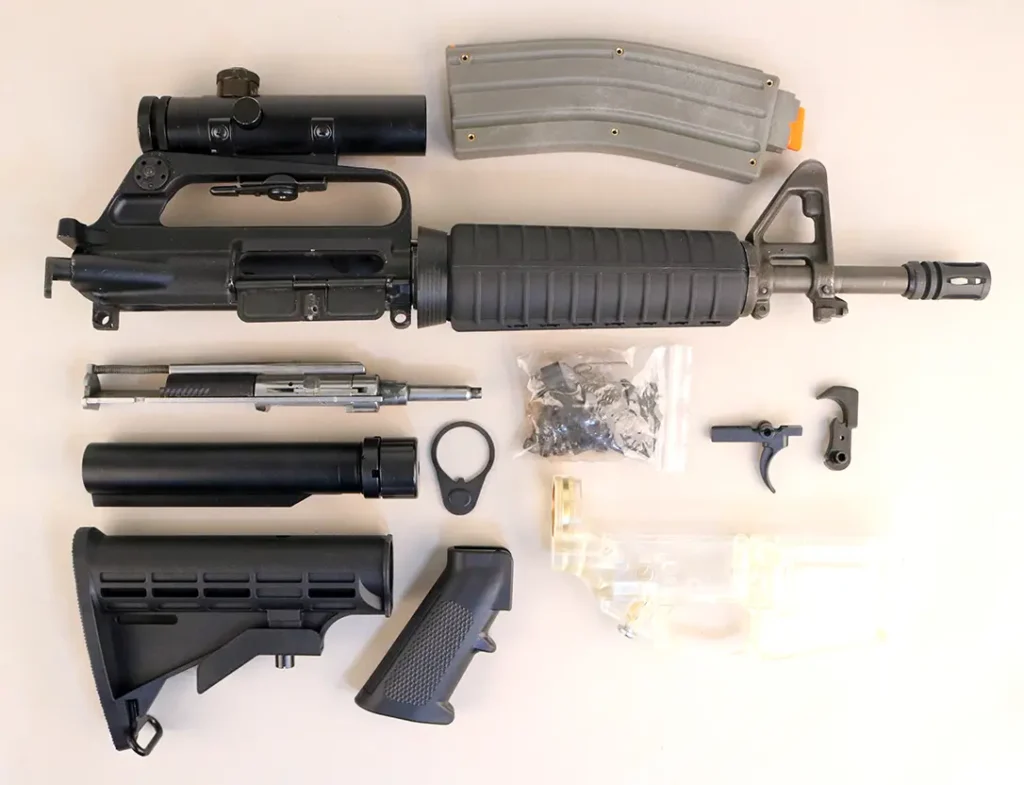
A Brief Technical Interlude
The Nylon 6 used in the Tennessee Arms transparent AR receiver is also known as polycaprolactam. This bizarre stuff is a semicrystalline polyamide formed by ring-opening polymerization. Nylon 6 is sold under a variety of trade names to include Nylatron, Perlon, Ultramid, Kapron, Dederon, Akulon, Rugopa, and Durethan. No matter what you call it, it’s all the same stuff.
Polycaprolactam was developed in 1938 by a German chemist named Paul Schlack. This material is most commonly used in fibrous form to make cloth and cords. During WW2, the Germans used it to make parachutes, reinforcing cords for military tires, and tow cables for gliders.
Advertisement — Continue Reading Below
Nylon 6 exhibits an impressive tensile strength as well as decent elasticity. It is slow to degrade in the face of environmental insults and is used in aircraft manufacture, clothing, medicine, automobiles, and electronic products. Nylon 6 is white at its baseline, but it can be dyed. Polycaprolactam can obviously be made transparent as well.

Details
Nylon 6 is tough stuff, but it still requires a bit of reinforcement before it can be used as the foundation for a modern sporting rifle. There is a brass bushing molded into the back to accept the buffer tube and another smaller version in the bottom for the pistol grip retaining screw. There is also a metal block imbedded within the polymer matrix to carry the serial number.
Advertisement — Continue Reading Below
The TNARMS-15 Clear receiver includes an integral trigger guard. It accepts standard AR parts without any fuss. Curiously, it seems to be molded without the autosear exclusion geometry commonly found on the inside of most conventional AR receivers. There is obviously no sear pin hole.
The end result weighs about nothing yet seems fairly robust. It assembles like any other AR receiver. However, once you get the lower parts kit installed you can clearly see the trigger, hammer, and sundry plungers hard at work. That’s just fascinating.
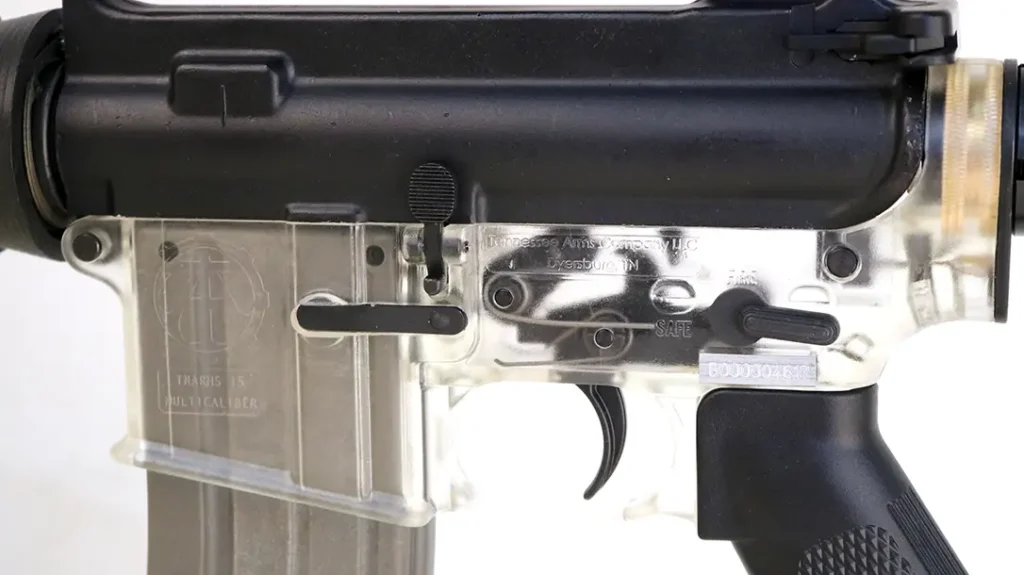
Advertisement — Continue Reading Below
The Build
My goal was to craft a gun on the cheap around this weird transparent receiver using components I could scrounge out of my spare parts collection. The TNARMS-15 Clear polymer receiver is obviously designed to serve as the foundation for a full-power 5.56mm rifle or pistol. However, I thought it might be interesting to build this one up using a CMMG sub-caliber .22 rimfire drop-in conversion device.
The lower parts kit was standard AR fare. The M16A1 upper receiver was a vintage beat up version so worn that the ejection port cover no longer latches. I refinished this ragged out upper using flat black bake-on engine block paint from Auto Zone. The end result must be cooked for ultimate ruggedness, but it is quite robust. You can cure these things according to the manufacturer’s instructions using a compact toaster oven.
I bought the 11.5-inch barrel already shot-out at a gun show back in 1983. Its total lifetime round count is legitimately unfathomable. I then mounted up an SB Tactical SBA3 Pistol Stabilizing Brace. That keeps the BATF happy given the sub-16-inch barrel.
Advertisement — Continue Reading Below
The CMMG .22 rimfire conversion device drops in place in lieu of the bolt carrier group. It accepts proprietary magazines that fit into the magwell without an adaptor. The cumulative result is both utilitarian and delightfully weird.
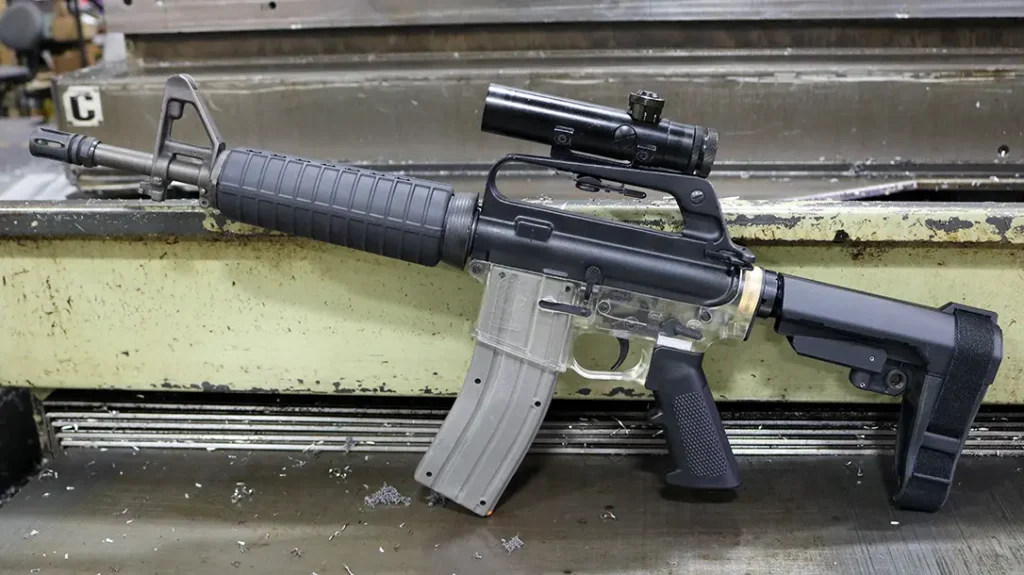
It is Alive!
My bizarre transparent rimfire AR pistol runs like a monkey after a mango. It weighs about nothing and looks fairly bizarre. Rimfire rounds are messy, so the lower receiver gets cruddy in fairly short order. A little regular cleaning keeps the clear bits see-through. This peculiar little plinking gun is at least as reliable as most factory rimfires I have wrung out in the past.
Were I needing a rifle to fight my way through the Hindu Kush I would opt for some sort of metal. The TNARMS-15 Clear receiver seems rugged enough, but the lack of substance would make me wince should I fall on this thing or drop it out of a truck. Additionally, were I called upon to set foot in the Hindu Kush I have bigger problems than whatever it is my rifle is made from. Regardless, my DIY TNARMS-15 Clear fun gun is a delightfully quirky low-cost range toy.


